
views
- Soak your hands in warm water for around 5 minutes. While your skin is still soft, push back your cuticles and carefully trim away any excess skin on your fingers.
- Rub moisturizer around your nails and slip into a set of cotton gloves for the night to lock the product into your skin.
- Moisturize your hands each day to prevent them from drying out, and avoid products that dry out your skin (like acetone).
- Stop picking at your skin and biting your nails so your fingers stay in great shape.
Repairing Your Cuticles
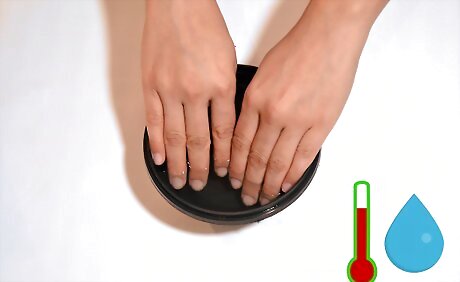
Soak your hands. Take a medium-sized bowl and fill it approximately 4 inches deep with warm water. Dip your hands in the water, making sure to submerge your nails and cuticles. Soak your hands for about 5 minutes. Warm water helps to soften the skin around the nail for easy and pain-free grooming.
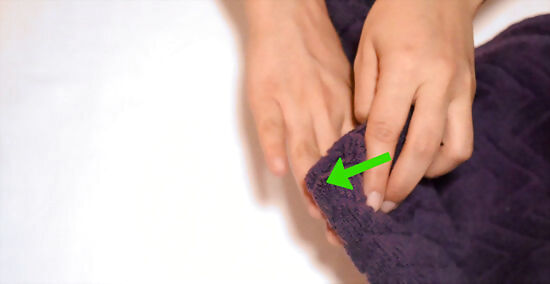
Dry your hands. Pat dry your hands with a towel. Make sure that your cuticles are free of water drops, but still moist. Your skin needs to stay moist and soft while you manicure your cuticles, so it’s easier and less painful to remove dead skin.
Push back your cuticles. Using a wooden cuticle pusher or an orange stick (a manicuring stick with a pointed end and a flat end) can help keep your cuticles from growing out onto your nail. Use the flat end of the orange stick to push the cuticle back, and the pointy end to run along the underside of your fingernail and remove any built up dirt. Soak metal and plastic cuticle pushers in isopropyl alcohol for 30 minutes before and after each use. Throw away wooden orange sticks after every use. If you don't have an orange stick or a cuticle pusher, use a cotton swab to push back your cuticles.
Cut the extra skin around your nails. Using manicure nippers and manicure scissors, cut away extra, dead skin around your nails. This could include skin near your cuticle that you pushed back with the manicuring sticks, but be very careful to only cut away skin that is loose, soft and translucent, not your actual cuticles. Only cut the skin that has grown out over your nail and is now loose. Never cut the skin that surrounds and protects your nail, which is your upper cuticle. Your cuticles serve a function; they keep germs and bacteria from getting into your body through the area around your nails. Clipping that area is going to make you extra susceptible to infections. Loose, extra skin will be white in color compared to the actually attached skin on your fingers. You only want to nip away skin that can snag on things and cause skin tears.
Apply moisturizer. Use lotions, moisturizing oils, or store bought moisturizers specifically made for cuticles to moisturize the dry areas around your nails. Rub a generous amount of moisturizer on the entire area surrounding your nail, paying special attention to your cuticles. You can also try applying moisturizer underneath your nails as well. Alcohol and fragrance free moisturizers usually hydrate skin better. If your cuticles are dry and prone to splitting, make sure you keep them pushed back and moisturized. If there are loose or dry pieces, trim them away as soon as you notice them.

Wear moisture-locking gloves. Put on cotton gloves and wear them overnight. The gloves seal in the moisturizer and help heal your nails and cuticles. Remove the gloves in the morning. If you want to improve the absorption of your moisturizer, cover it with petroleum jelly or paraffin wax to seal in the moisture. Then, put your gloves over your hands. For better, longer lasting results, repeat this procedure every night.
Preventing Dry Cuticles

Moisturize often. For smoother, hydrated skin around your nails, moisturize everyday, multiple times a day. You always want your cuticles and nails to be hydrated, because hangnails, rips, and breaks happen when your nails and cuticles are dry. Keeping your hands moisturized is especially important in the dry, winter months.

Avoid drying agents. Dry hands are prone to cracking and peeling, so protect your hands from unnecessary exposure to activities that can dry out your skin. Avoid things like: Washing dishes in hot water without gloves. The hot water and soap pull out moisture from your hands. Wear gloves while you wash the dishes to protect your nails and hands. After you wash dishes, make sure your hands are fully dry. Acetone-based nail polish remover. Acetone removes important natural oils from your skin and nails. Not wearing gloves in the winter months. The cold, dry air during the winter dries out your skin, so protect your hands by wearing gloves.
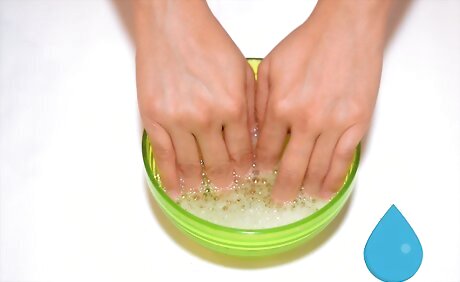
Avoid picking your skin. Rather than picking at loose skin around your nails, soak and moisturize your hands. Picking can lead to open cuts, which can breed infections. Some people pick the skin around their nails as a nervous habit. Looking into better ways to curb nervous habits, and practicing self-control can break this habit.
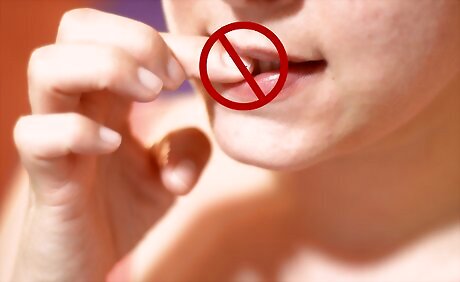
Keep your hands out of your mouth. Try to refrain from biting your nails or nibbling on the pieces of loose skin around the nail. Bacteria in the mouth can lead to an infection if you rip your skin around your nail, or bite your nail too low. Try using a special foul-tasting ointment to keep you from putting your fingers near your mouth. If you struggle with a nail-biting habit, start by painting your nails a bright color so they're more noticeable. The color will grab your attention, making you more aware of what you're doing so you can stop chewing. You might also create a negative association with biting your nails by snapping a rubber band on your wrist every time you catch yourself chewing them.
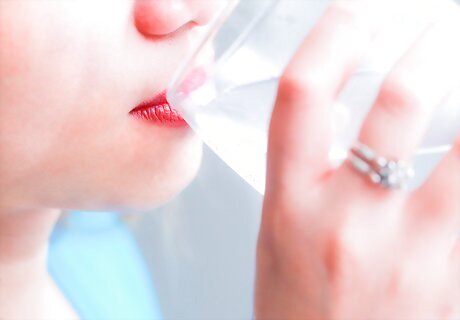
Stay hydrated by drinking at least 8 glasses of fluids daily. Keeping yourself hydrated helps keep your skin, including your cuticles, soft and moist. Water is your best option, and you can add flavor to your water using orange, lemon, lime, or cucumber slices. You can also increase your hydration with other fluids, such as tea or juice. Eating water-based foods such as soup and watery fruits also helps boost hydration. If you sweat a lot, increase your fluid consumption.

Eat a healthy, balanced diet. If your body is deficient on nutrients, your skin, hair, and nails all suffer. Eat plenty of lean proteins, vegetables, and fruits. To make sure your body properly absorbs nutrients, eat healthy fats. You can also take a vitamin supplement to support healthy nails. However, talk to your doctor before you take any supplements.
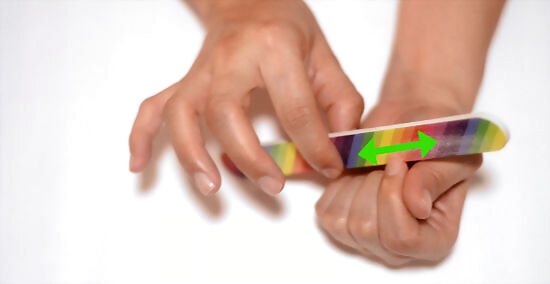
File your nails. Keep your nails at a length that prevents them from getting caught and snagged on things. Pay special attention to the corners of your nails and keep them smooth, so the edges don’t injure the skin around your nail. When you do file your nails, pull the file across your nail in one, steady direction. This helps prevent splits and tears in nails that "sawing" (pulling the nail file back and forth) creates.











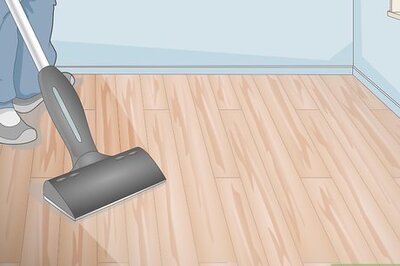
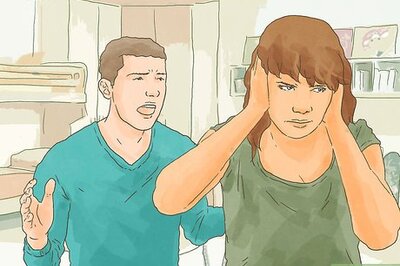
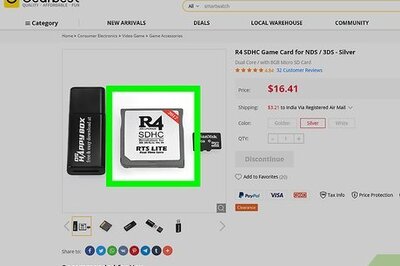

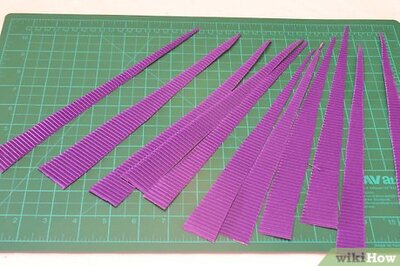




Comments
0 comment